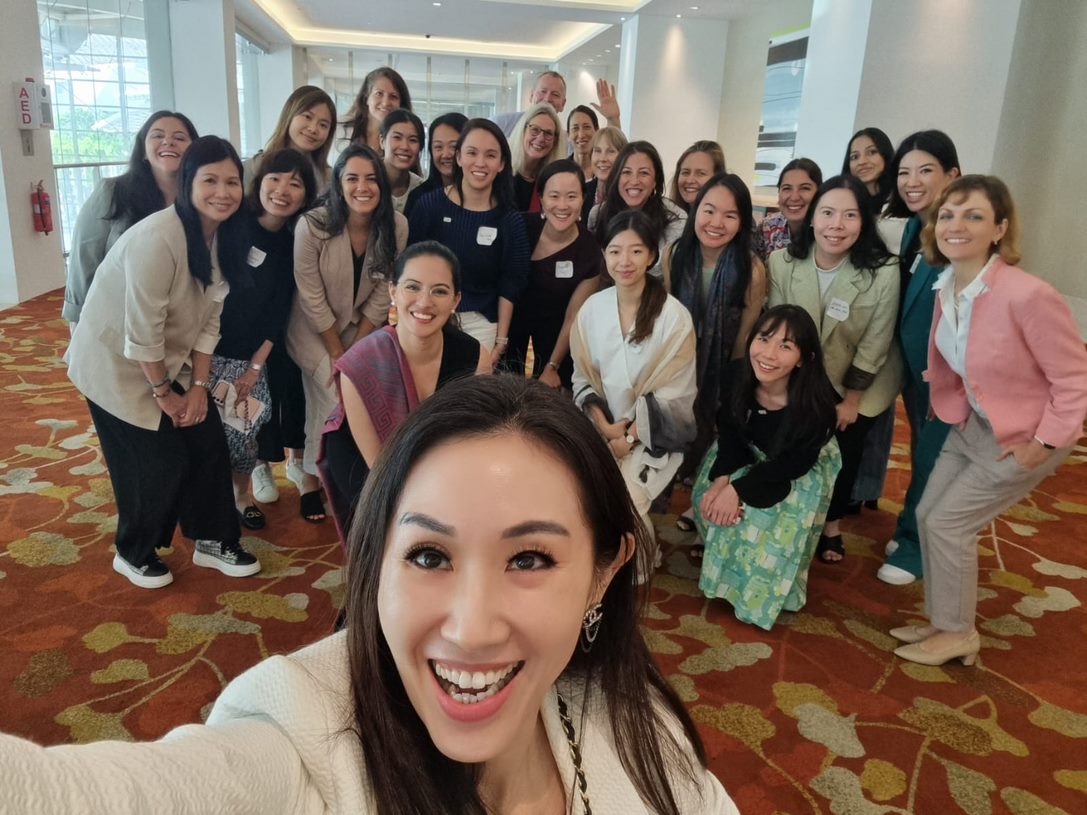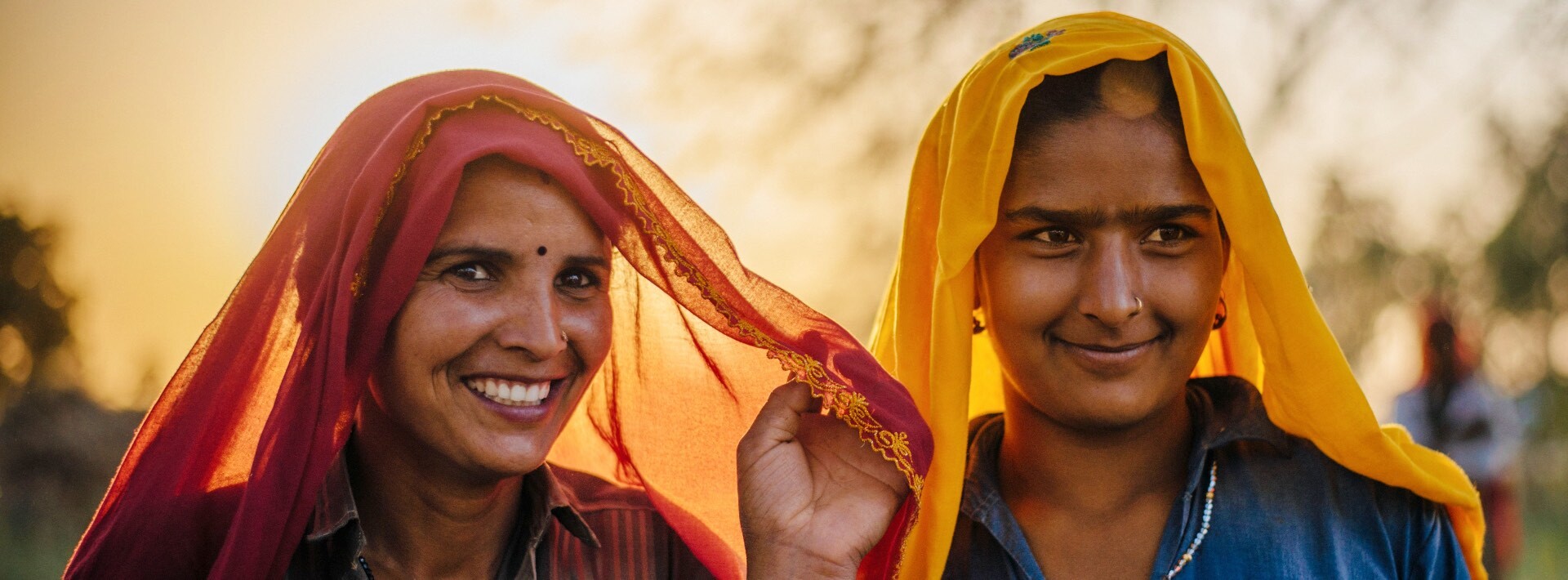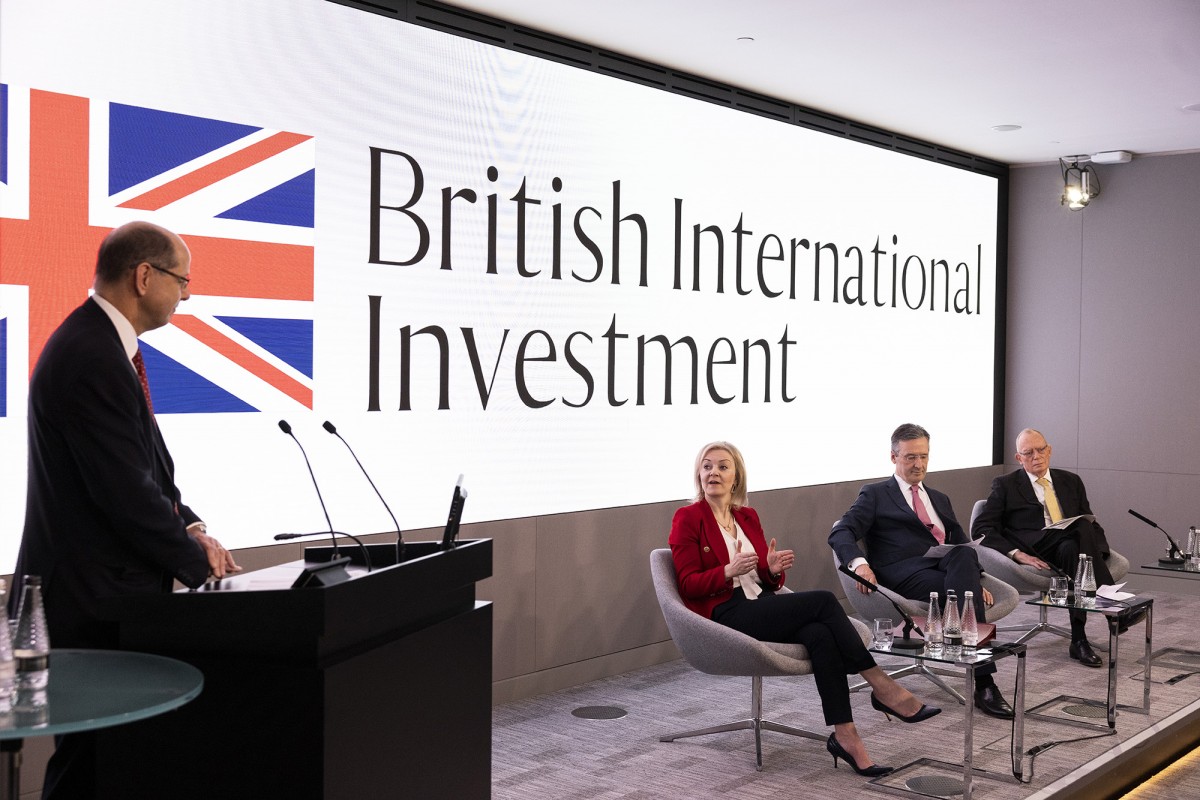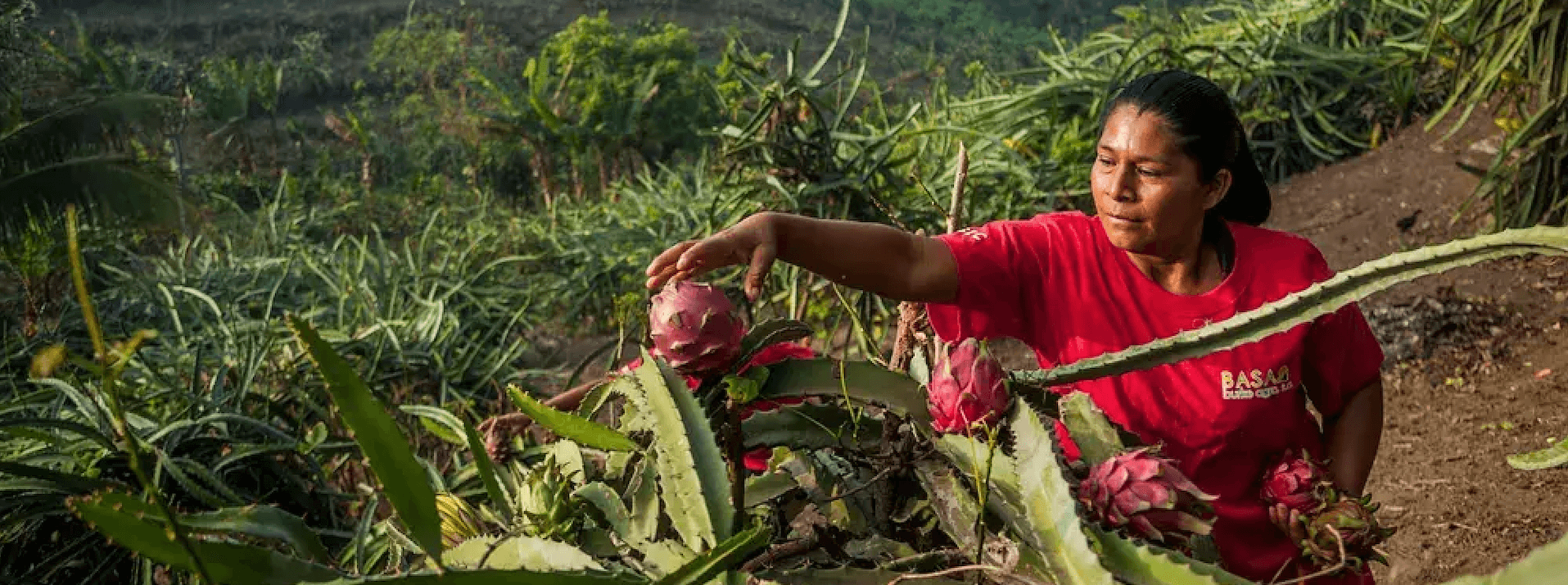ImpactAlpha, November 17 – That women are more adversely affected by climate change is well established (in impact and development circles at any rate). Less known: that climate solutions have a greater chance of success when women are engaged in design, decision-making and adoption.
“There is a growing body of evidence supporting this,” said Roze Maizner of Heading for Change on this week’s Agents of Impact Call. To solve the climate crisis, she said, “We have to fully utilize women’s insights and intelligence and experiences.”
Kicking off ImpactAlpha’s Climate + Gender beat, the teams from Heading for Change and three of its five new portfolio funds delved into their thinking, processes and experiences in deploying capital at the intersection of climate and gender issues.
Heading for Change, the legacy fund of Suzanne Biegle and her husband Daniel Maskit, was created to elevate the necessity and urgency of integrating the two investment themes. But even to its experienced team, it wasn’t immediately clear what a climate + gender strategy should look like in practice.
“Initially we were looking at the ways in which women were benefiting from climate solutions, which is how many of the early pioneers in this space have approached the climate and gender nexus,” said Maizner. “Truly leveraging gender and climate to create improved climate and financial outcomes means thinking about women as catalysts and as change agents instead of solely as beneficiaries.”
Thesis evolution
Heading for Change argues for integrating a gender lens into the greater climate finance universe rather than integrating a climate lens in the smaller gender investing universe. AiiM is an unapologetically “high risk-adjusted return” seeking climate venture fund. It just so happened that the companies that best fit its screening process were majority women-led.
AiiM has now made gender and diversity-lenses “a very intentional part of the process,” said founder Shally Shanker. It’s working to ensure that women and people of color get a long-term seat at the climate solutions table.
“In later-stage rounds, it’s not uncommon for new investors coming in to say, ‘Well, let’s find the best guy for the job of the CEO,’” said Shanker. AiiM is “trying to make sure that if there’s already competent women, they’re not replaced.”
Full stack diversity
Supply Change Capital invests in food-related climate solutions through the lenses of gender and culture. It looks at gender and diversity from numerous angles, said Supply Change’s Noramay Cadena. “We call it full stack diversity.”
Internally, the fund is focused on its own team diversity and what service providers it works with. For the companies it invests in: “Who are the equity holders on the cap table? How did those companies build their own ecosystems? Who do they hire? Who are their suppliers? Are they thinking about gender and impact?”
Portfolio company Compound Foods is making lab-grown coffee—without the beans—as a solution to coffee’s carbon footprint and climate vulnerability. The female founder recognizes that many of the smallholder coffee farmers its product would undercut are women. Compound Foods supports smallholder farmers by “helping them diversify their crop production so that they can be more sustainable,” said Cadena. “They’re thinking about having an impact on women all across the supply chain.”
Gender + climate
MCE Social Finance arrived at a climate + gender strategy from the opposite end. The blended-finance fund facilitates low-cost debt to rural and agricultural communities in emerging markets. Financial inclusion for rural women has always been core to its strategy.
“What we found when we started investing in small and growing agribusinesses, is it was impossible to do so without thinking much more proactively about climate and how climate is affecting agriculture,” said MCE’s Camilla Nestor.
Now, she added, “we wouldn’t likely consider an investment in a company that wasn’t very proactively thinking about climate and climate-smart agriculture as it relates to their business and their producers.”
Gender lens bias
The availability of capital for climate + gender strategies is still very low. That’s especially true for commercially-oriented funds like AiiM, said Shanker. Half of the investors AiiM approaches drop out of the conversation when the climate lens comes up.
“The moment we bring up gender, we’re typically asked to talk with the grant making teams,” she said.
MCE has had an easier time because it targets mission-aligned investors, added Nestor.
Heading for Change wants to help bridge that divide.
“We are here to lead the way,” said Maizner, “to break down barriers other investors might be feeling to come into this space, whether it’s not knowing how to evaluate funds and opportunities, not knowing what funds are out there, or what this universe looks like.”











